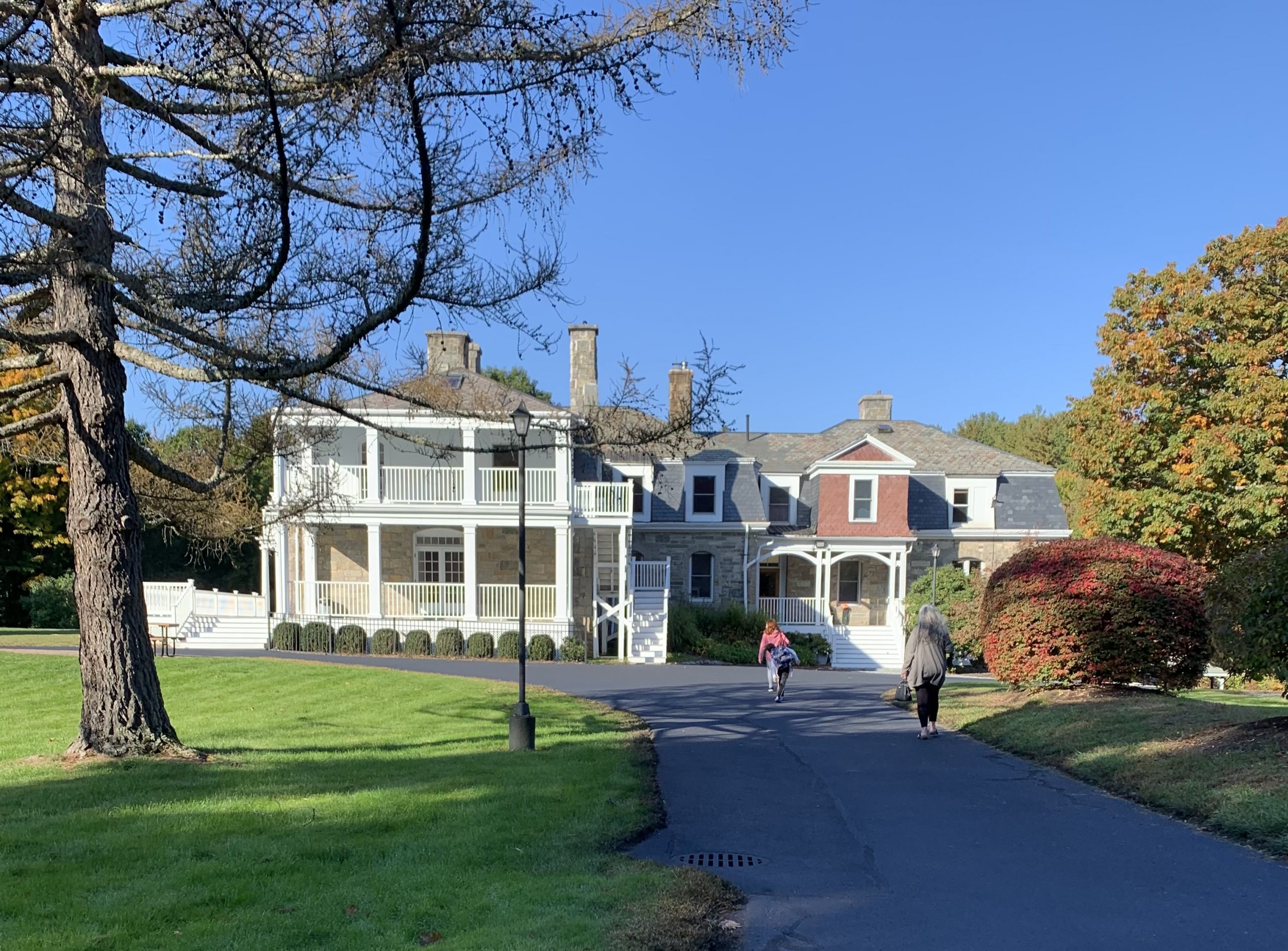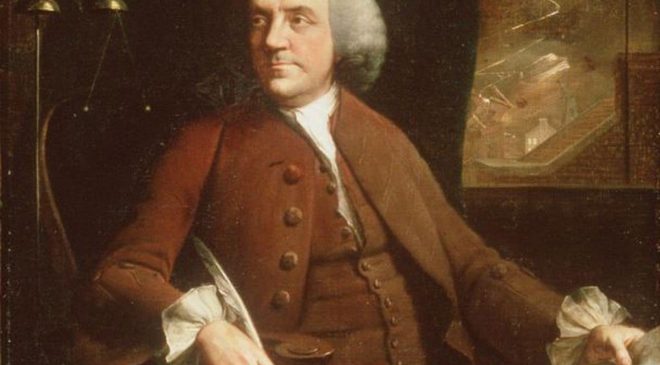Over the past couple of years, there has been a surge in the number of microschools spreading across the country. These small, multi-age, co-learning communities with hired educators were gaining popularity before the educational upheaval of 2020, but they were still very much at the edge of the educational landscape. The disruption caused by the pandemic response thrust microschools from the margins into the mainstream. Recent estimates suggest that as many as two million US children may now be attending microschools full-time.
One of the questions I frequently get asked is: Will these microschools last or will interest fade the further we get from 2020’s tumult?
It’s an important question and something I think about a lot. If you ask today’s microschool founders, they will tell you—without hesitation—that microschools are here to stay. They are certain that microschool momentum will grow, that these programs will thrive, and that there is no going back to the educational status quo. Of course, some individual microschools will undoubtedly flounder and shut down, signaling a dynamic, efficient microschool marketplace; but I believe that these microschool founders are right that the microschool movement will last.
It’s worth revisiting an earlier time of cultural disruption and educational experimentation that led to a flurry of new, small schools that looked a lot like the microschools of today. The reasons why they mostly failed offer lessons for why today’s microschools are well-positioned to succeed.
Lessons from the 1960s “Free School Movement”
During the 1960s and early 1970s, amid a countercultural revolution toward smaller, self-sustaining communities, growing discontent surrounding the Vietnam War, and a broad rejection of traditional public school practices, the “free school movement” was born. These small, learner-centered schools, that were free in educational philosophy but not in cost, captured the countercultural ethos of the time and prioritized student freedom, autonomy, and independence. Many of the free schools were modeled after the Summerhill School in England that was founded in 1921 by A.S. Neill, and was the first enduring example of a self-directed, non-coercive learning community that provided maximum freedom for students, along with an emphasis on personal responsibility.
In 1960, Neill’s book Summerhill School: A New View of Childhood was first published, selling over two million copies in its first decade in print. Other well-known authors at the time published popular books that reinforced and expanded upon Neill’s message. Paul Goodman wrote Compulsory Miseducation in 1964; John Holt, who coined the term unschooling, wrote How Children Fail and How Children Learn in 1964 and 1967, respectively; and Ivan Illich wrote Deschooling Society in 1970. All of these writers, and many more, fueled the free school movement and encouraged the proliferation of these small, nontraditional schools.
In his 1972 paper on free schools, Allen Graubard reported that the number of these schools grew from about 25 schools in 1967 to approximately 600 schools in 1972. The schools averaged about 33 students, so they are remarkably similar to what we would today call microschools.
After their initial success, the free schools rapidly faded throughout the later 1970s. The Vietnam War ended, the countercultural revolution subsided, and interest in experimental education models and child-centered learning dwindled. Ron Miller wrote in Free Schools, Free People that “when, in the 1970s, American politics stabilized and hippie fashions, rock music, natural foods, and other trappings of the counterculture were transformed into commercial commodities, the tension between consciousness and politics, between personal wholeness and social change, developed into a split, and radical pedagogy was largely divided into its constituent elements.” (p. 130).
There were some exceptions. Unschooling, or a more self-directed version of homeschooling that has its roots in the 1960s, has persisted and grown, along with the general homeschooling population. The Sudbury Valley School, which was founded in Massachusetts in 1968, is one of the only remaining free schools of that era and continues to flourish more than 50 years later. The LiberatED podcast episode this week features my interview with Sudbury Valley School co-founder, Mimsy Sadofsky, on some of the reasons for her school’s lasting success.
Why Today’s Microschools Will Grow
While most of the free schools and experimental learning models of the 1960s disappeared, there are two primary reasons why I think the current microschool movement will avoid the free school fate:
1. Educational Diversity – The free school founders were influenced primarily by “radical pedagogy” and adopted educational ideas and practices that were often far outside of the norm. Today’s microschools, by contrast, are extremely diverse. They represent all ideological and political persuasions, embrace a variety of educational philosophies and approaches, and use a wide assortment of curriculum resources and learning tools, including, in some instances, standardized tests and traditional curriculum. Some founders recruit only certified teachers, while others prefer not to hire certified teachers. This becomes a market differentiator for today’s founders, whereas the free school movement was more overtly opposed to teacher certification and other characteristics of conventional schooling.
Aside from their intentionally small size and commitment to individualizing learning, today’s microschools each have distinct values, approaches, and educational perspectives. This diversity of thought and practice is likely to lead to greater staying power. They are less apt to fade with changing cultural or political trends.
2. School Choice Policies – Many of the microschools today have been able to launch and expand at least in part due to state-level school choice policies that decentralize education funding and allow more families greater access to a variety of learning options. In South Florida, where there is a large hub of education entrepreneurship, microschool founders point to the state’s robust scholarship school choice programs as a primary reason why they have been able to start and scale their programs. Without these choice policies, they say that they would only be able to serve a handful of families who could afford to pay, despite charging a tuition that is lower than that of traditional private schools in the area. For the free schools of the 1960s, affordability and access were key constraints. As Graubard explained in 1972:
“It is obvious that if there were some arrangement such as a voucher plan where parents were given a choice as to where their tax money for education went, there would be much more participation in free schools than there is now. Many people are still involved in public schools only because there isn’t a free school in their locality or because they can’t afford to pay tuition.”
This crucial combination of diversity and access distinguishes today’s microschools from yesterday’s free schools and will be the key to their long-term success and growth. Throw in some founder tenacity, and these microschools could be here for decades to come. As Sudbury Valley’s Sadofsky says, the reason why her school has endured while most of the other free schools failed is “pure stubbornness.” The microschool founders I meet today are similarly steadfast.




